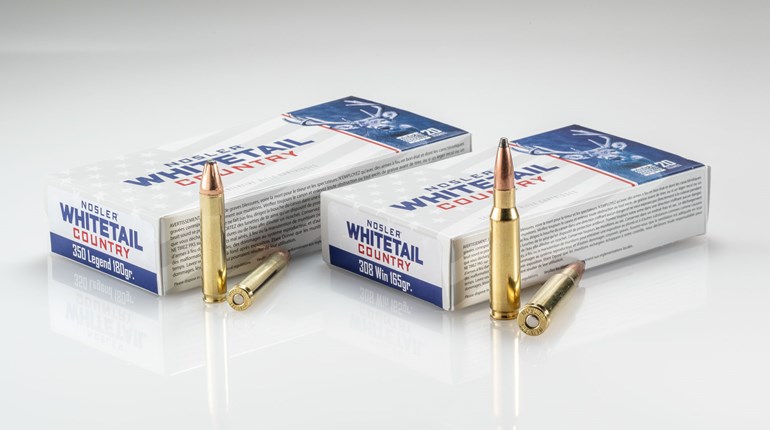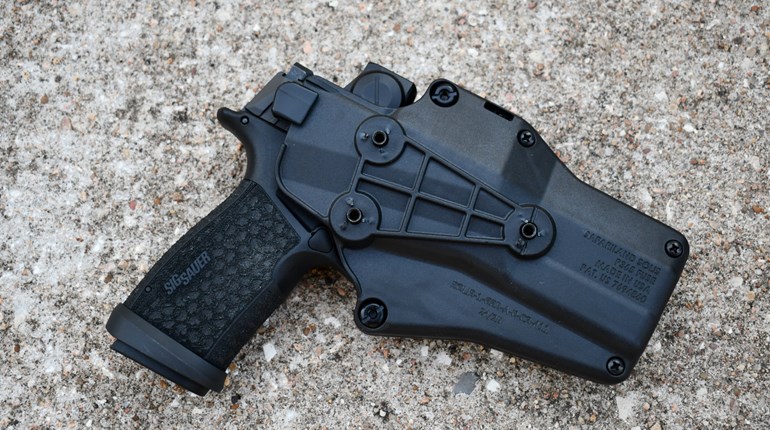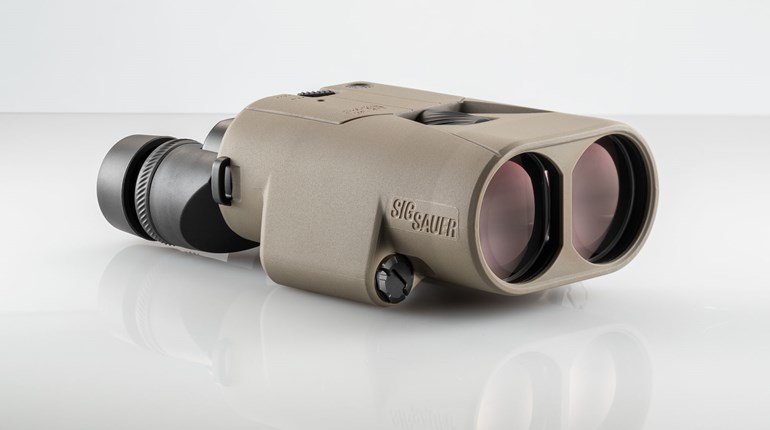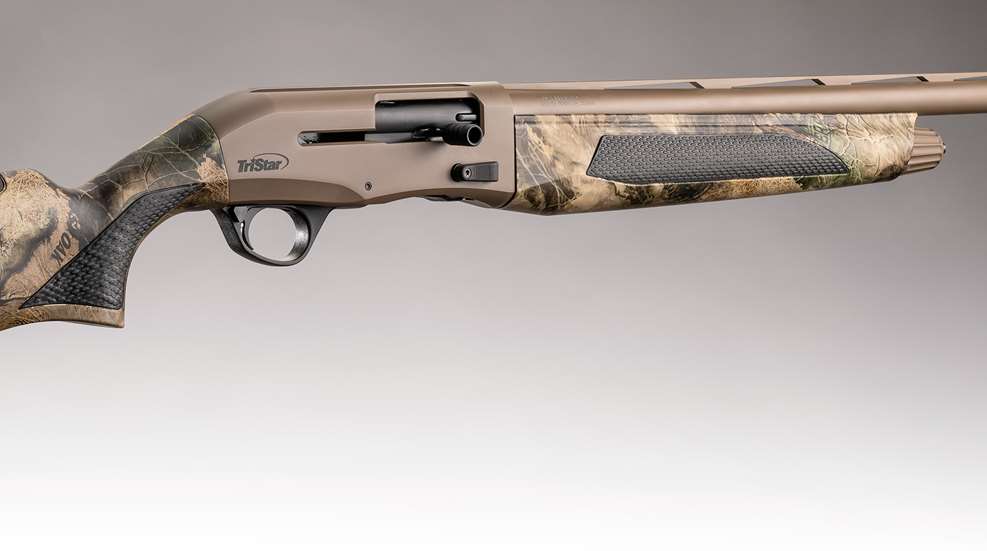
TriStar may never be thought of as a blue blood in shotgun manufacturer circles, but over the last 15 years the Missouri-based gun house has built a strong reputation for importing highly functional Turkish pumps, autoloaders and break-actions that don’t break the bank. Their latest semi-auto—the Viper G2 Pro—should intrigue frugal duck hunters. Built by Armsan, a respected firm that has been exporting firearms to the U.S. (and other countries) from Turkey since the early 2000s, the G2 Pro is available in two wood and steel variants and a pair of synthetic models, including the FDE/MO Terra Bayou, the dedicated waterfowl gun tested for this review. It’s an ideal firearm for duck hunters who aren’t concerned with name-brand recognition, but do want a shotgun that cycles when greenheads are in the decoys.

One of the first things you will notice about this 12-gauge gas-driven autoloader is its external features. These days, it’s not uncommon for a price-point auto to have the look and feel of more expensive European and Japanese-made firearms. TriStar followed this trend by implementing over-sized controls and rubberized grips on the G2 Pro.
If you’re concerned about reliability due to the fact that this gun costs about half of what a Browning, Benelli or Beretta does, don’t be. I have shot plenty of Tri-Star repeaters, and found that if you keep them clean, they run. TriStar also prides itself on selecting random guns from their warehouse in Kansas City and torture testing them to make sure they cycle in a variety of conditions. Most reputable manufacturers do the same, but it should give you peace of mind to know that the G2s aren’t simply being imported to the U.S. and shipped directly to retailers.
Patternwork
Since the G2 Pro is intended for duck hunters (it could be used for turkeys, upland game, deer and clay shooting as well), I patterned the gun using Hevi-Shot’s new Hevi-Metal Xtreme on 35x35-inch butcher paper from 40 yards, shooting from a Lead Sled and offhand. Shooting from a sled gives a steady rest to observe the true pattern of a shotgun, but shooting offhand is a more realistic test of how the gun will perform afield.
Hevi-Metal Xtreme is the second coming of the original Hevi-Metal, which layered 12 g/cc Hevi-Shot on top of 7.8 g/cc steel pellets. The payload is still composed of the same materials, but is now housed in a Flitecontrol Flex wad, the same used in Federal Premium’s Black Cloud (Federal owns Hevi-Shot). The 3-inch, 1¼-ounce Hevi-Metal shotshells were loaded with No. 6 Hevi-Shot and No. 3 steel. I shot five times from the sled and five times from a standing position through a modified choke. Each shot produced a 60 percent distribution of pellets above point of aim and 40 percent below.
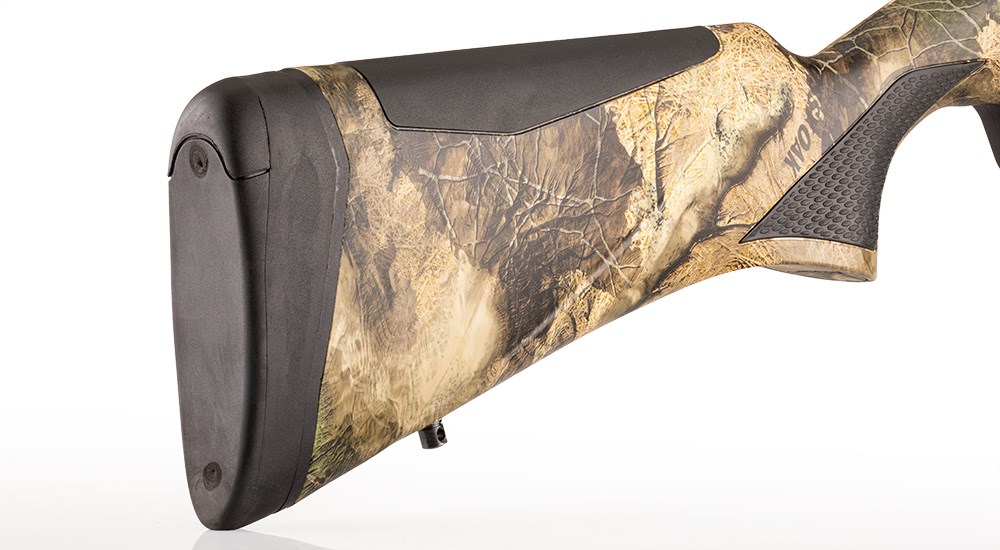
Testing
To see how the Viper G2 Pro swung and handled, I shot three rounds of skeet with it. TriStar autoloaders often have the feel of an inertia-driven gun, but generate less felt recoil because they are gas-operated. The G2 Pro is lightweight (under 7 pounds), has a slender pistol grip and a sleek fore-end—typical of inertia guns. Most gas-driven semi-autos have added bulk and heft because there are more components to a gas system. But that’s not the case with this particular TriStar. So you get the best of both worlds—a light gun to carry afield that doesn’t pound your shoulder when you shoot it.
Shooting low gun, I broke 20 or more clays in each round of skeet, on average for me. Pre-mounting a shotgun, like most traditional American skeet shooters do, doesn’t allow for a true evaluation of a hunting firearm, duck guns in particular. You don’t sit in a duck blind with the gun on your shoulder all morning long, so that’s not how you should test one. The G2 Pro fit me well (I am 6-foot-4, 275 pounds), and since it has a straight stock with a 14-inch length of pull, many normal-sized shooters should find it to their liking.
Since it’s a 6.8-pound gun, the G2 can be hard to keep moving through the target. Lighter guns are easier to tote to the blind, but they don’t always make the most accurate firearm. It’s a trade-off you have to consider when buying any shotgun. That said, I can shoot the G2 about as well as I shoot a Remington 1100, which is an 8.1-pound gun. It’s a matter of practicing and conditioning yourself to keep swinging the muzzle when the gun doesn’t weigh as much.
After running 75 rounds of target loads through the G2 Pro, I shot a mix of 25 different steel, bismuth and lead offerings through the gun. When testing gas-driven guns, I always shoot off the hip to see how reliable the operating system is. The TriStar had no issues devouring 3-inch 1⅜-ounce bismuth, 3-inch 1¼-ounce steel and 2¾-inch 1⅛-ounce lead. I also threw dirt into the action of the gun to mimic the type of conditions you can encounter field-hunting waterfowl. There were no cycling problems. Then I hosed down the gun with water—duck hunters often hunt in wet conditions—and the TriStar made it through the first three shots, but then jammed after I reloaded and pulled the trigger once. This result is fairly common when I perform such a test, even on pump-action shotguns that don’t rely on gas or inertia to cycle. All the dirt turns to mud from the water, and clogs the firearm. A quick field strip and wipe down, and the G2 was up and running again.
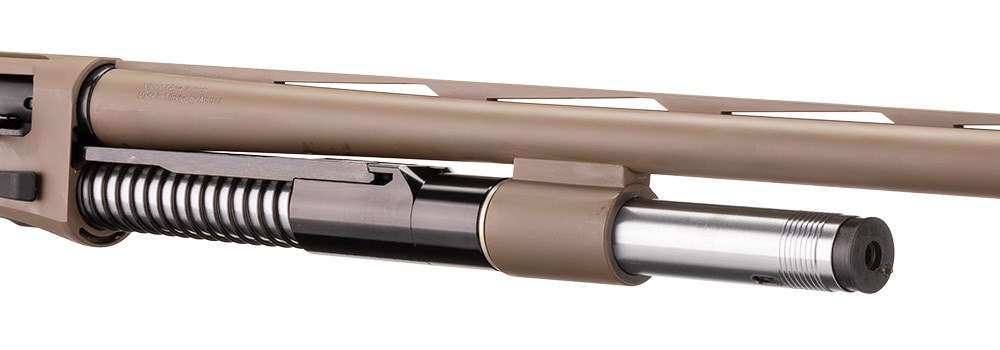
Gas-Operating System/External Features
The gas piston slides over the magazine tube and sits just in front of two steel action bars, which push the bolt reward to eject a spent hull after ignition. There are several modern gas-driven auto-loaders that cost far more than the G2, using a plastic cylinder to do this. Steel is far more durable, so it’s impressive to see TriStar implement such a feature on a modestly priced gun.
The bolt did stick a bit when I eased it closed. If you were turkey hunting with this gun, pressed the bolt release button and gently slid the bolt forward, it would require a nudge on the handle to fully send the shotshell into battery. But the test model was a new gun, so that could change as it’s shot more and the return spring is broken in.
The dimpled, soft touch rubber grips on the fore-end and pistol grip do make a difference when the gun is wet, and they are also easier on your hands than laser checkering, which can be borderline abrasive. There is also a padded cheek weld on the stock, so your face absorbs less recoil. An oversized bolt handle and bolt release button simplify loading and unloading the G2. The bolt release is stiff, a good thing, because it won’t send the bolt forward accidentally. The Cerakote finish on the receiver and barrel is one last added bonus to a gun that’s worth more than you’ll pay for it.
Technical Specifications
• Type: gas-operated, semi-automatic shotgun
• Gauge/Chamber: 12 / 3"
• Capacity: 5 rnds.
• Barrel: 28"; vent rib; chrome-lined; interchangeable chokes
• Trigger Pull Weight: 3.9 lbs.
• Sights: front fiber-optic pipe
• Safety: cross-bolt
• Stock: synthetic (tested); FDE/MO Terra Bayou; LOP 14"; drop at heel .86"; drop at comb .75"
• Metal Finish: Cerakote
• Overall Length: 48"
• Weight: 6.8 lbs.
• Accessories: Benelli/Beretta Mobil-style chokes (IC, M, F); magazine plug, shim kit
• MSRP: $855; tristararms.com













